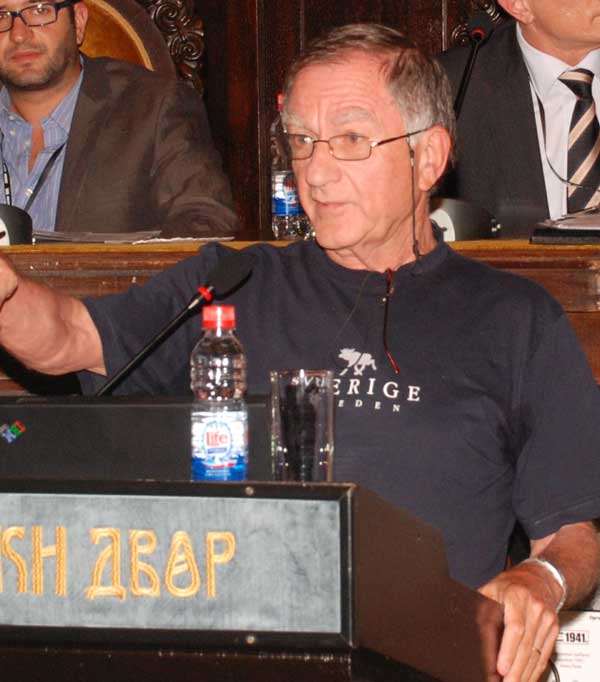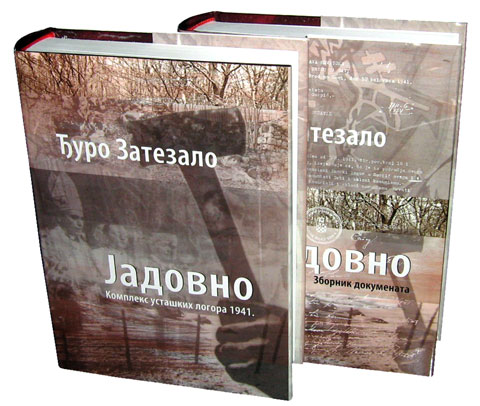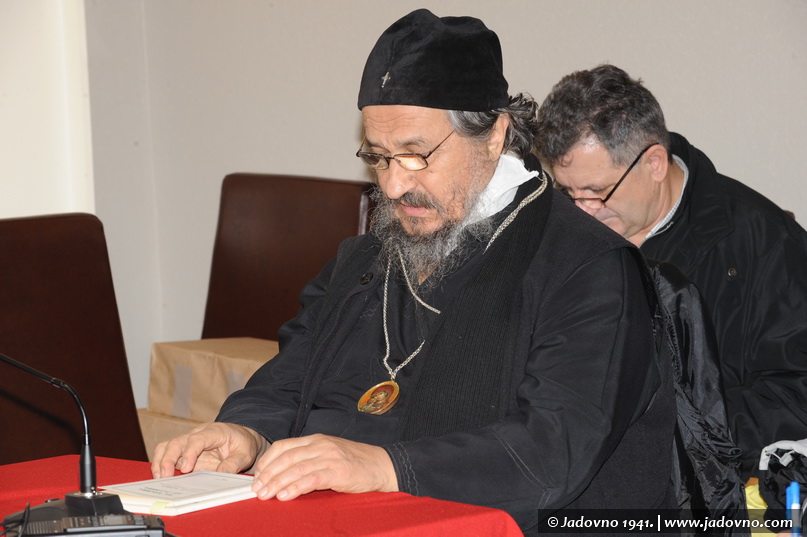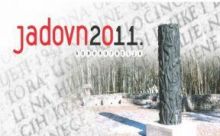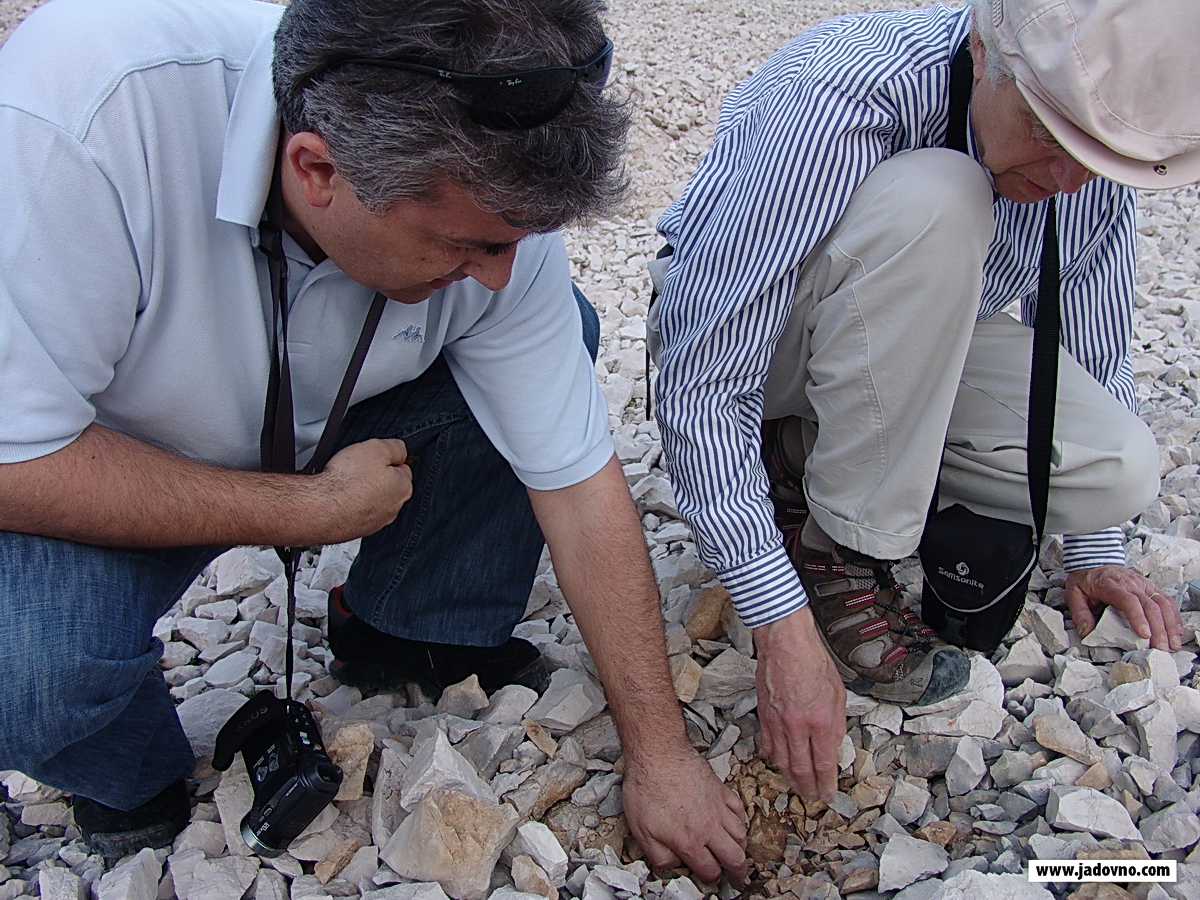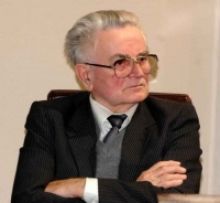ФОРМА ЗА УНОС
English Удружење Јадовно 1941. позива све потомке убијених на Јадовну да уколико имају податке о својим побијеним прецима у комплексу Јадовно, а нису их нашли на овом попису, попуне УПИТНИК ЗА ЖРТВЕ РАТА 1941-1945. Ако сте на постојећем попису пронашли тражену жртву, а желите уз име додати неки податак, слику или текст о жртви, такође то можете учинити попуњавањем УПИТНИКА. УПИТНИК је доступан у формату Acrobat PDF: Упитник за жртве рата 1941-1945.Acrobat PDF документ, 721kB Испуњени УПИТНИК може нам бити прослијеђен елекронском поштом на адресу: udruzenje@jadovno.com. УПИТНИК можете испунити и електронским путем. Упутства су у наставку текста. Можете га испунити и руком, скенирати и такав послати на наш

